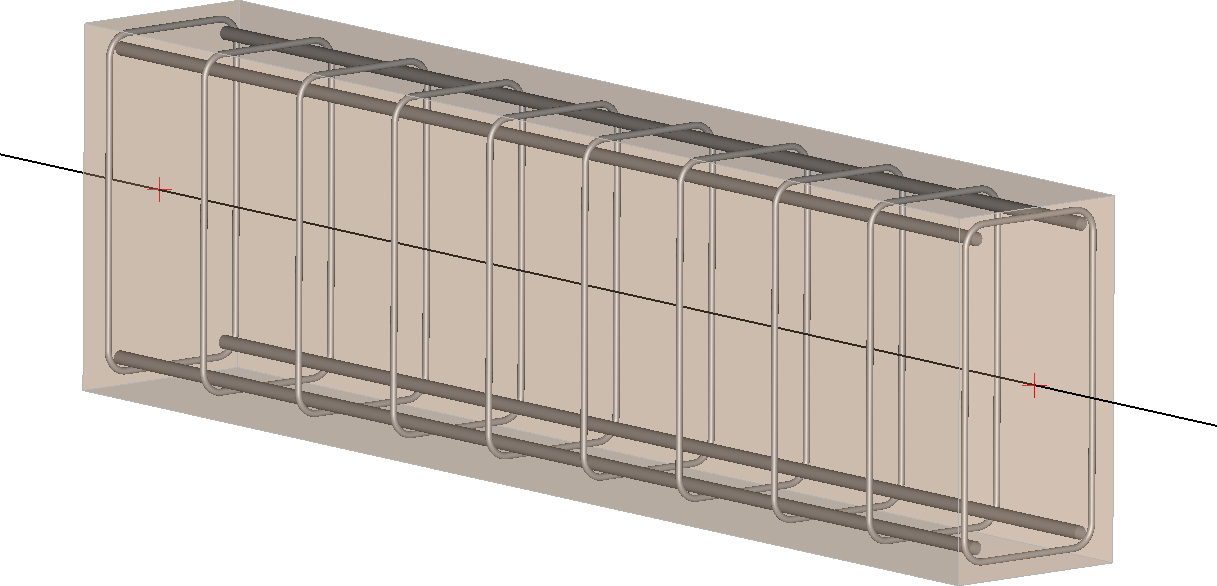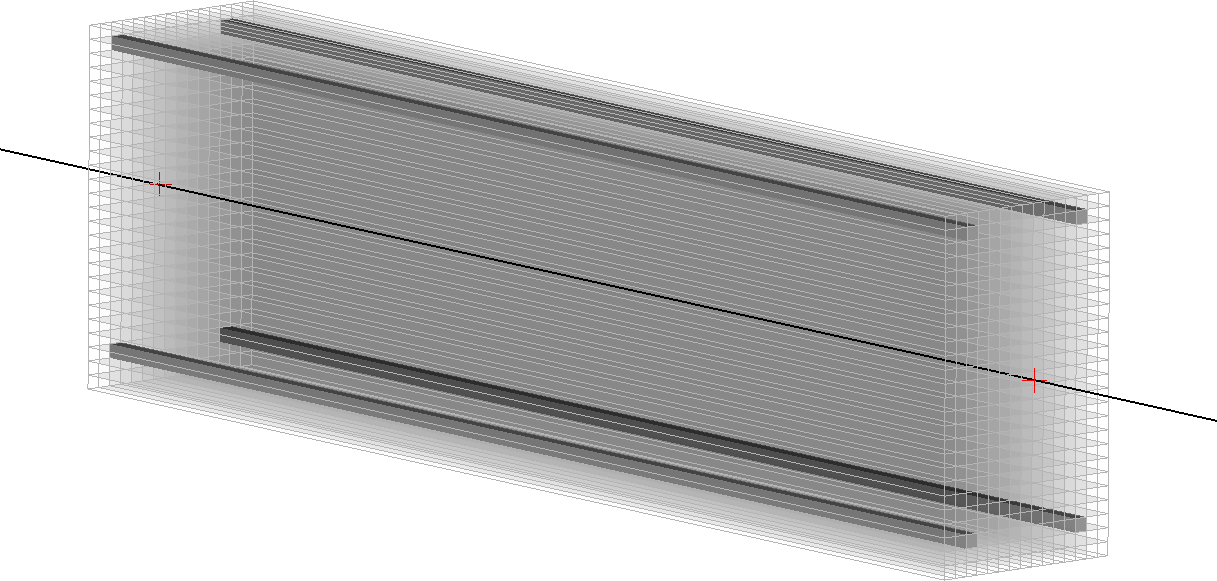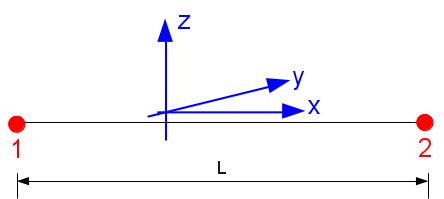1. Introduction#
The analysis of structures subjected to dynamic loading requires behavior models capable of representing the non-linearities of the material.
Numerous analytical models have been proposed. They can be classified into two groups:
detailed models based on solid state mechanics and their description of the local behavior of the material (microscopic approach)
models based on global modelling of behaviour (macroscopic approach).
In the first type of models, we can find classical finite element models as well as « fiber » models (having a beam-like element as a support).
While « classical » finite element models are powerful tools for simulating the non-linear behavior of complex parts of structures (joints, assemblies,…), their application to the entire structure may prove to be impractical because of prohibitive calculation time or the memory size required to perform this calculation. On the other hand, multifiber beam modeling [Figure], has the advantages of the simplifying hypotheses of Euler-Bernoulli beam-type kinematics while offering a practical and effective solution for a complex nonlinear analysis of composite structural elements such as those that may be encountered, for example, in reinforced concrete.
Moreover, this « intermediate » modeling is relatively robust and inexpensive in terms of computation time due to the use of 1D nonlinear behavior models.

Figure 1-a : Reinforced concrete beam with frames and reinforcements.

Figure 1-b: Modeling of a concrete beam reinforced by a multifiber beam.

Figure 1-c : Finite element support for a multifiber beam model